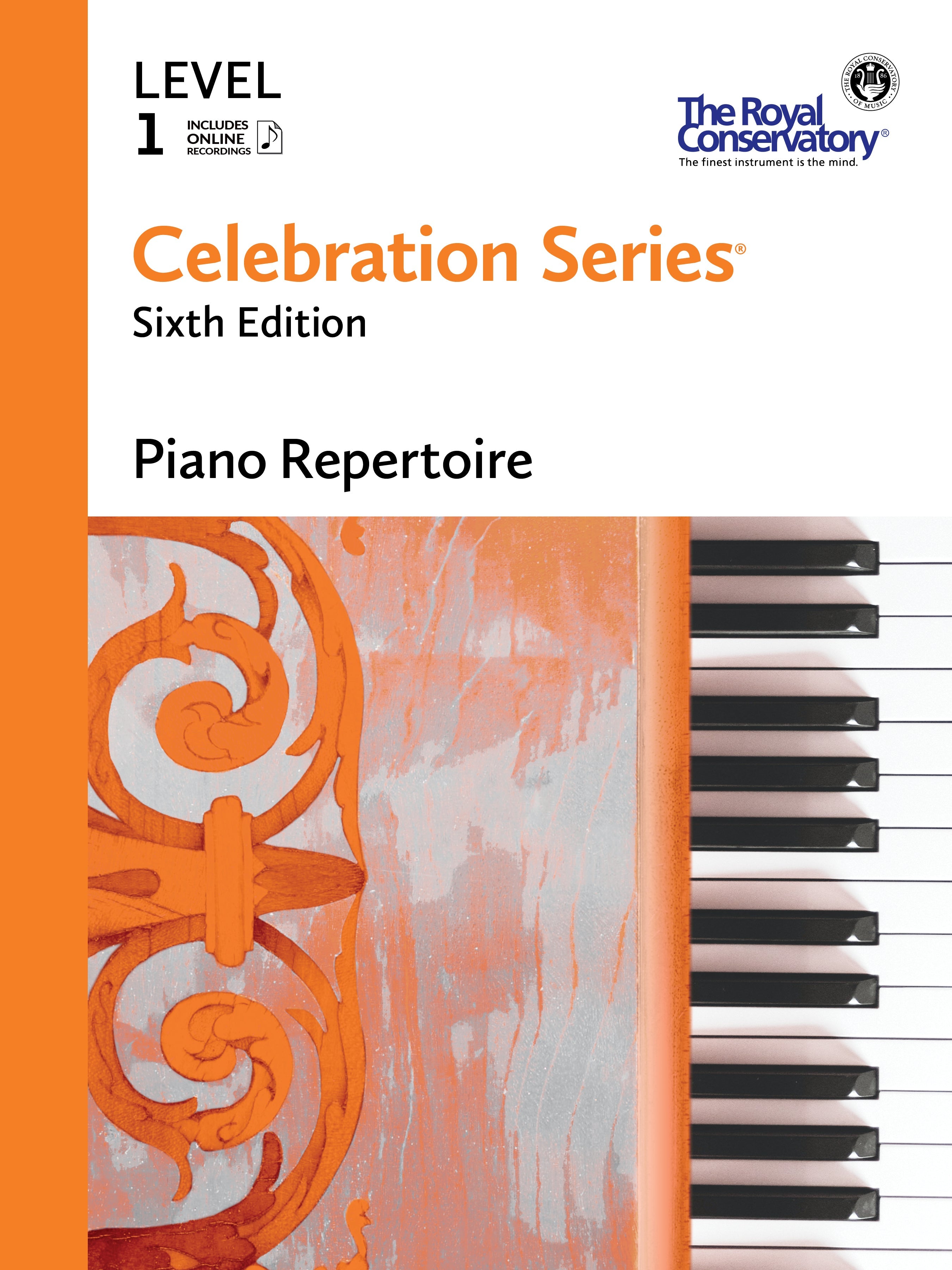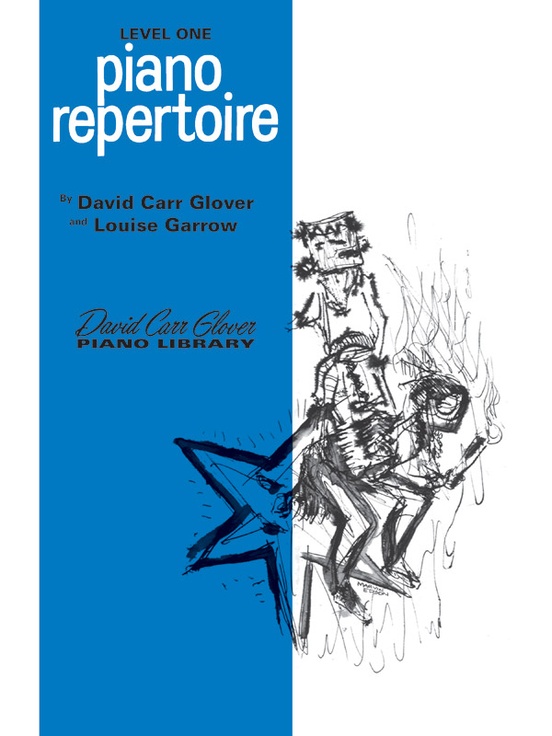Piano repertoire refers to the collection of music pieces that a pianist can learn and perform. It spans various styles, historical periods, and difficulty levels.
Exploring the piano repertoire is like embarking on a grand journey through time and emotion, offering pianists an avenue to develop technical skills and artistic expression. This extensive range includes everything from the intricate compositions of Bach and the romantic works of Chopin to contemporary pieces by living composers.
It serves as a foundation for teaching, learning, and concertizing, allowing musicians to showcase their abilities and interpretative skills. By mastering diverse parts of the piano repertoire, pianists can cater to different audiences, occasions, and their own artistic inclinations, while continuously expanding their musical horizons.

Credit: www.amazon.com
The Essence Of Piano Repertoire
The Essence of Piano Repertoire runs deep. It captures the heart of a pianist’s musical journey. Think of it as a personal music collection. This collection tells stories of different styles, periods, and emotions. It is essential for any pianist.
Unveiling The Term ‘repertoire’
Repertoire is a fancy word for all the pieces a musician can play. It’s like a chef’s menu but for music. Pianists work hard to grow this list. They choose pieces that show their skill and passion. Their repertoire is their musical voice.
Historical Evolution And Significance
The piano repertoire started centuries ago. Great composers like Bach and Mozart wrote pieces that piano players still love today. These works have stood the test of time. They help pianists understand and appreciate music’s history. The evolution of repertoire is a mirror of music’s journey through time.
Components Of A Diverse Piano Repertoire
Exploring the components of a diverse piano repertoire reveals a blend of historical depth, contemporary creativity, and cultural variety. This diverse assembly allows pianists to experience and express a broad spectrum of emotions, techniques, and styles. A well-curated piano repertoire can transport listeners through time and across the globe, showcasing the instrument’s versatility and the pianist’s skill.
Classical Roots And Branches
Classical music forms the backbone of piano education and performance. Key elements include:
- Sonatas: Fundamental for technique and expression.
- Concertos: Pieces that develop musicality and stage presence.
- Etudes: Focused studies for mastering specific skills.
The branches of classical music extend into the Baroque, Classical, Romantic, and Impressionistic eras. Each period offers different stylistic elements, utilizing a variety of dynamics, articulations, and phrasings that enrich a pianist’s approach to performance and interpretation.
Incorporating Contemporary Works
Fresh works by living composers play a critical role in a comprehensive repertoire. They challenge pianists with:
- Innovative techniques: Expanding the pianist’s technical horizon.
- Modern rhythms and harmonies: For a fresh listening experience.
- Programmatic themes: Telling current stories through music.
Contemporary pieces often reflect today’s cultural and social issues, creating a resonance between the music, the performer, and the audience. They also offer a platform for new compositional voices.
World Music And Jazz Inclusion
Integrating world music and jazz diversifies the piano repertoire with global influences and improvisational aspects. Important factors include:
- Rhythmic diversity: From Latin grooves to African polyrhythms.
- Harmonic complexity: Challenging and exciting chord progressions.
- Improvisation: Encouraging creative spontaneity and expression.
These styles improve a pianist’s ability to adapt and interact with other musicians, making them well-rounded performers. They also reflect the interconnectedness of musical traditions, celebrating a rich tapestry of sounds from all corners of the world.
Building A Personal Piano Repertoire
Embarking on the journey of building a personal piano repertoire is not just about amassing a list of pieces. It’s a thoughtful process that reflects a pianist’s personality and musical journey. With each selection, pianists carve out their unique musical identity, and the repertoire becomes a mirror to their soul.
Skill Level Considerations
Choosing music that matches skill level is crucial. It ensures steady progress and maintains motivation. Pieces too difficult may lead to frustration, while too easy can cause boredom.
- Beginner: Simple melodies, basic hand positions
- Intermediate: More complex structures, introduction of advanced techniques
- Advanced: Challenging compositions, mastery of expression
Influences Of Personal Taste
Personal taste strongly influences repertoire. It shapes a pianist’s voice and enthusiasm. Pianists should choose pieces that resonate with them, as this will reflect in their playing.
- Explore different genres: classical, jazz, pop
- Listen to a variety of composers
- Select pieces that spark joy and inspiration
The Role Of Teaching And Mentorship
Teachers and mentors are key in repertoire development. They offer guidance, expand musical horizons, and ensure technical growth. A mentor’s experience can unlock a pianist’s potential, leading to a rich and varied repertoire.
| Mentor Role | Benefits |
|---|---|
| Repertoire Selection | Matches pieces with student’s abilities |
| Technical Advice | Improves practice efficiency |
| Artistic Insight | Enhances interpretative skills |
Impacts Of Repertoire On Technique And Expression
Piano repertoire greatly shapes a musician’s technical skills and expressive abilities. A pianist’s choice of pieces to study and perform can push their boundaries and deepen their emotive connection with the music. Let’s explore how the challenges and variety of compositions in a pianist’s repertoire foster both technical proficiency and expressive richness.
Technical Challenges And Growth
Piano repertoire presents a range of technical demands that can help pianists reach new heights of mastery. Different pieces may emphasize speed, precision, or complexity. Others might focus on the nuanced use of the pedals or require hand independence. Tackling these challenges not only refines a player’s technique but also boosts confidence and performance readiness.
Tackling a piece with rapid arpeggios or tricky fingerings demands consistent practice. Through practice, pianists gain dexterity and agility. Here’s how repertoire diversification can lead to technical growth:
- Builds hand coordination with contrapuntal pieces like those by Bach
- Develops rhythm and timing with Chopin’s mazurkas and waltzes
- Increase strength and endurance through Beethoven’s sonatas
- Enhances expressiveness with Debussy’s impressionistic textures
Expressive Depth Through Varied Compositions
In the journey of mastering piano, repertoire goes beyond finger dexterity. It invites players to convey deep emotions. Each composer brings a unique set of tempos, dynamics, and rhythms that challenge a pianist’s expressive capabilities.
Variety in compositions ensures players can imbue pieces with their personal touch. For instance, emotive storytelling is essential when navigating Chopin’s nocturnes, while playing Gershwin’s works might focus on rhythm and verve. Table 1 showcases how certain composers can impact a player’s emotional expression:
| Composer | Expressive Focus |
|---|---|
| Bach | Meticulous articulation and phrasing |
| Liszt | Dramatism and virtuosity |
| Rachmaninoff | Intensity and passion |
| Ravel | Colour and texture |
These experiences not only shape a pianist’s emotional delivery but also their connection with the audience. Expressive depth transforms a pianist from a mere player to a true storyteller.
Performing And Sharing The Repertoire
The art of playing the piano spans more than just practice and technique. It involves a deep understanding and performance of a vast collection of musical pieces, known as the piano repertoire. Engaging with the repertoire doesn’t stop at the piano bench. Let’s delve into how pianists prepare and share their musical journeys.
Preparing For A Recital
Performing live is a testament to a pianist’s hard work and dedication. It begins with selecting pieces that not only showcase skills but also tell a story. A diverse selection keeps the audience captivated. After choosing the music, pianists invest countless hours perfecting each note and interpreting the emotions behind the melodies. Mental preparation is just as key, ensuring poise and presence onstage.
Recordings And Digital Sharing
Technology has opened new doors for musicians to share their art. Pianists now record themselves, capturing not just sound but also the visual finesse of their performances. These recordings live on various platforms such as YouTube, Spotify, and personal blogs, reaching a global audience instantly. Digital sharing connects pianists with listeners and communities in ways that were once impossible.
Community Engagement And Education
- Host Workshops: Liberating knowledge is crucial. Experienced pianists hold sessions for budding enthusiasts.
- Interactive Performances: These events break the fourth wall, allowing audiences to engage directly with the artists.
- Collaborate with Schools: Partnership programs can kickstart a child’s musical journey early on.
Engagement with local communities infuses vibrancy into the repertoire, keeps traditions alive, and inspires new generations of musicians. Education bridges gaps, fosters appreciation, and nurtures talent.

Credit: shop.rcmusic.com
Preservation And Expansion Of Piano Literature
The piano repertoire is a treasure chest of musical works. It tells a story of history, art, and evolution through notes and melodies. Protecting old pieces and introducing new ones is key. This ensures that piano literature lives on for future generations to enjoy and learn from. Let’s explore how this is done.
Archiving Historic Works
Saving old music scores is like keeping a time machine. It takes us back to when they were first created. Archiving these pieces stops them from being forgotten. Museums, libraries, and digital collections all play a role. They keep old music safe so everyone can still play and hear it.
- Digitization: Converting old scores to digital formats keeps them safe.
- Educational Resources: Teachers use historic works to show students how music has evolved.
- Public Performances: Pianists often play classic pieces in concerts to keep the music alive.
Encouraging Modern Compositions
Creating new music is vital for growth. Composers add fresh sounds and ideas to the piano world. New compositions reflect our times and emotions. They can become tomorrow’s classics.
- Music Competitions: They inspire composers to showcase their work.
- Grants and Funding: These help musicians turn their ideas into reality.
- Collaborations: Working with others often leads to innovative pieces.
Cross-cultural Exchanges And Fusion
Music travels across borders. Cross-cultural exchange enriches the piano repertoire. Musicians mix different styles to create a vibrant blend. This fusion shows how connected our world is through music.
| Element | Example | Benefit |
|---|---|---|
| Styles | Jazz mixing with classical | New sounds |
| Instruments | Piano with traditional instruments | Unique collaborations |
| Themes | Global issues | Message spread through music |

Credit: www.alfred.com
What Is the Relationship Between Piano Repertoire and Piano Sheet Music?
Piano repertoire consists of pieces of music that pianists can perform. They can be found in piano sheet music. Piano sheet music explained is a written or printed form of music specifically for the piano. It includes notation for the right and left hands, allowing pianists to play a wide range of repertoire.
Frequently Asked Questions For What Is Piano Repertoire
How Do I Choose A Piano Repertoire?
To choose a piano repertoire, consider your skill level and musical interests. Include a variety of styles and periods for diversity. Aim for pieces that challenge you and showcase your abilities. Consult teachers for recommendations and select works that you enjoy playing.
How Can I Learn Piano Repertoire Fast?
To learn piano repertoire quickly, start with simple pieces. Practice daily, focusing on small sections. Use a metronome to maintain rhythm and gradually increase speed. Listen to recordings for guidance and memorize the music for better fluency. Seek feedback from a teacher regularly.
How To Build A Repertoire Piano?
Choose diverse music genres to create a balanced piano repertoire. Practice consistently, tackling pieces of varying difficulty. Select works that showcase different techniques and styles. Perform regularly to refine your selection. Consult teachers or experienced pianists for tailored advice.
How Many Piano Pieces Should I Learn At One Time?
It’s generally recommended to learn one to three piano pieces at a time. This allows for focused practice and progression while maintaining variety in your repertoire.
Conclusion
Embarking on the journey of building your piano repertoire is a fulfilling endeavor. It not only enhances technical skill but also deepens musical understanding. Remember, selection and progression are key. By choosing pieces that resonate and challenge, pianists of all levels will see their abilities and enjoyment grow.
Cultivate your collection and let creativity flourish at the keys.
